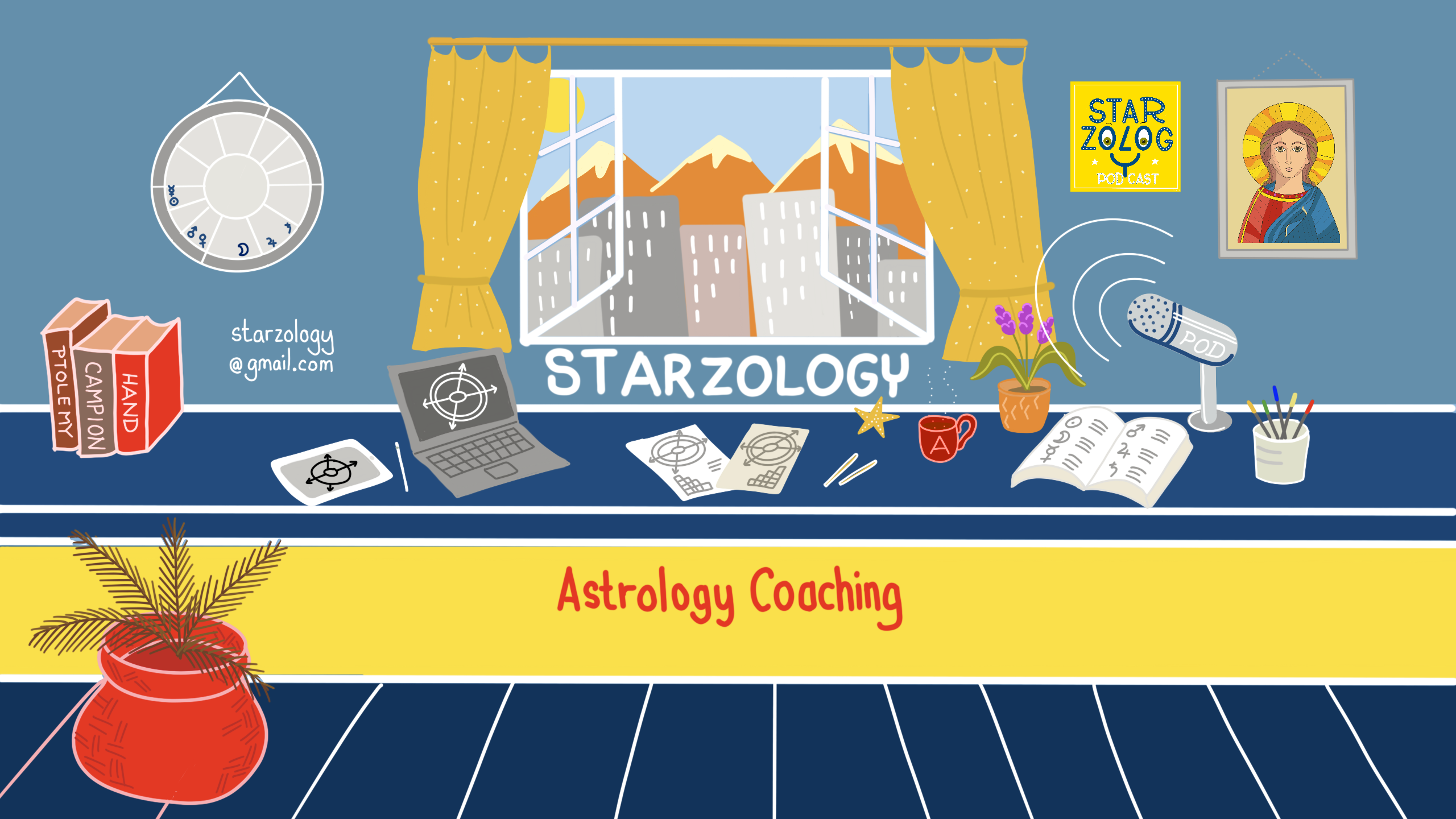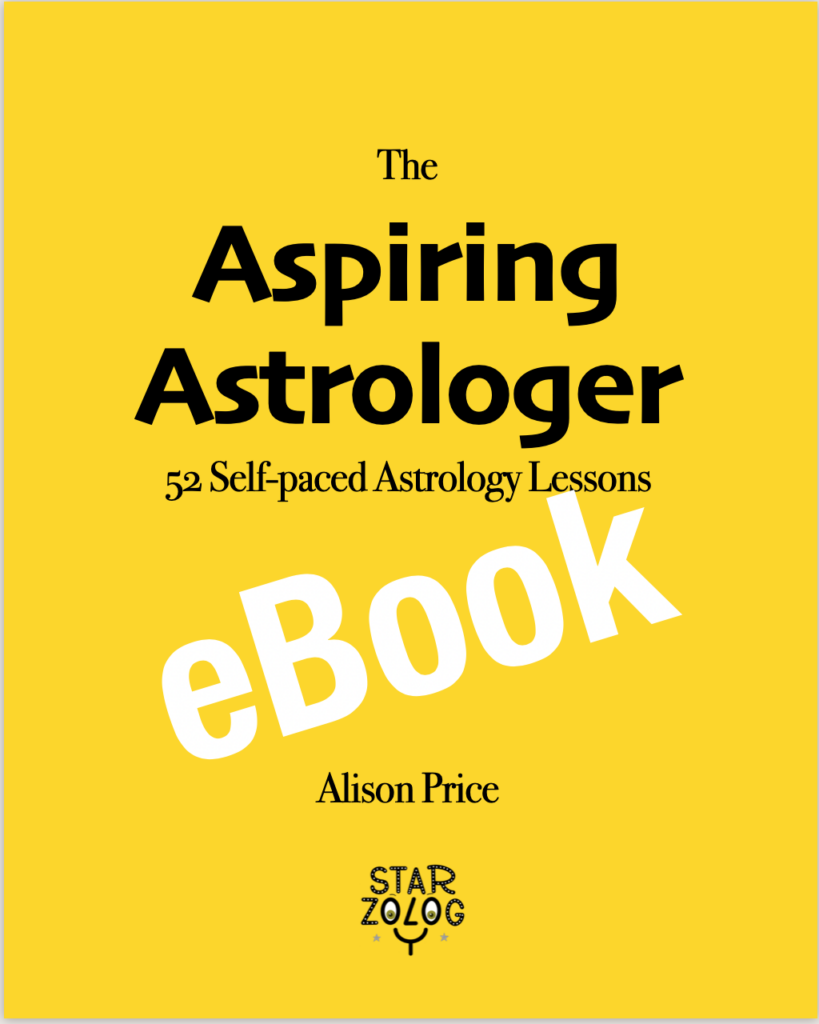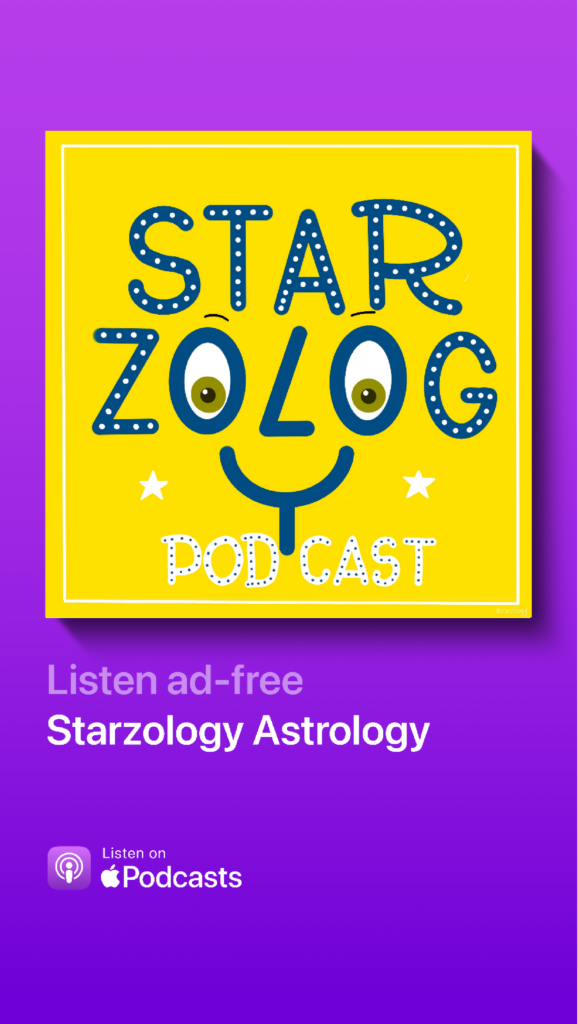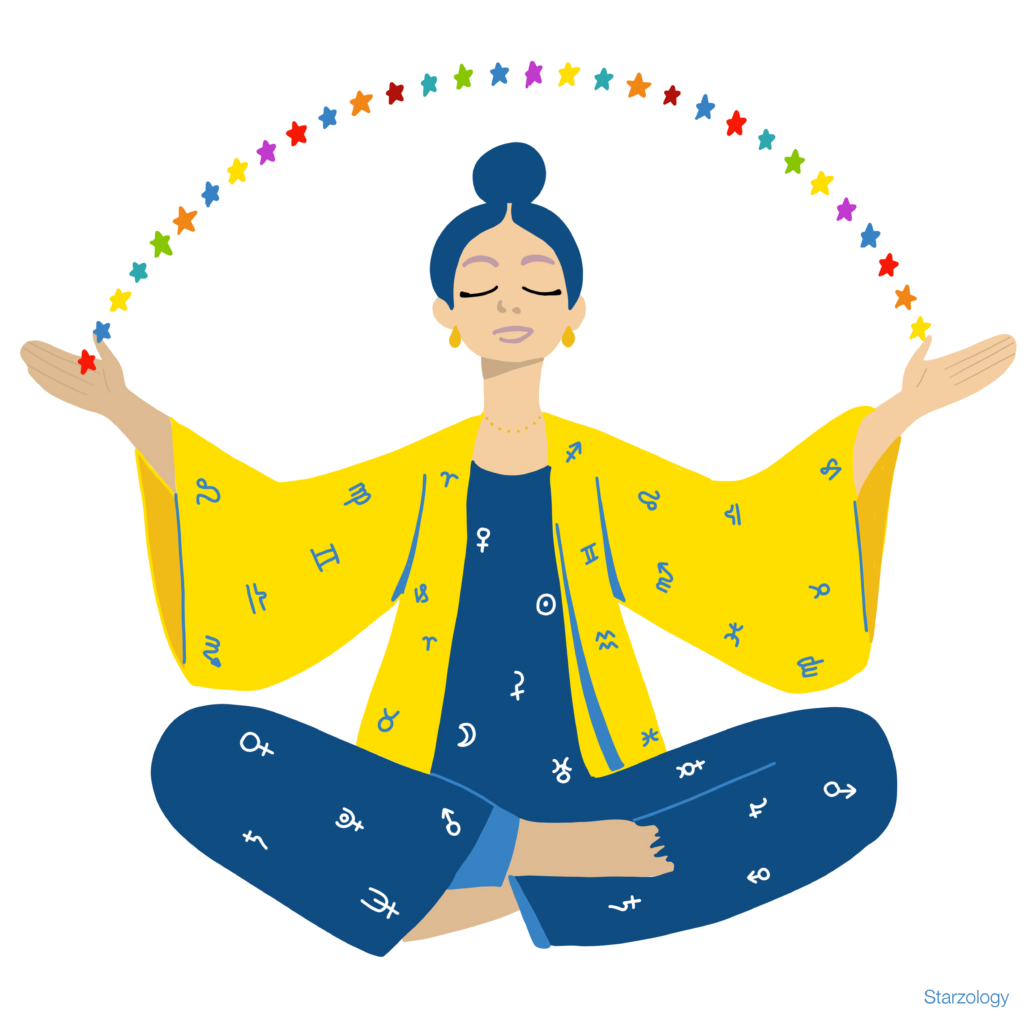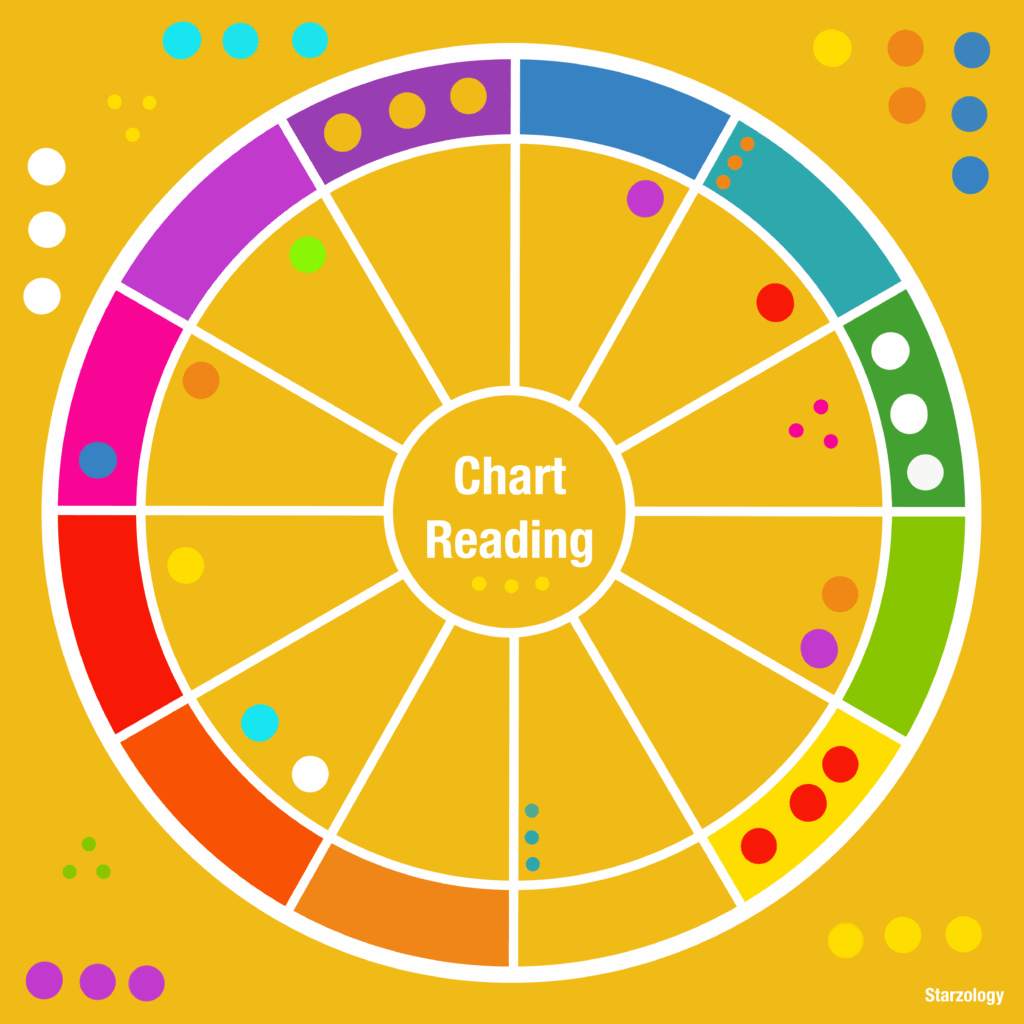In astrology, a new synodic cycle begins as two planets conjoin. This almost happens for SATURN and NEPTUNE in 2025 and will be exact in 2026.

Star of David: Major Aspect Pattern
What to Consider
As the Star of David is made from two grand trines and six sextiles it has much of the meaning of the grand trine.
There are typically only two elements in play, fire and air or earth and water, so there is usually in one polarity either active or passive.
Interpretation of a Star of David
In this pattern the planets are spread about the chart which suggests a variety of interests and talents because of the six sextiles which indicate latent talents for the individual.
Example Chart: Partial Star of David
November 3, 2023 has a partial Star of David.
The planets in this partial Star of David are the Moon trine Mercury and Neptune, and Venus trine Uranus and Pluto.
Four sextiles between Moon and Venus, Moon and Uranus, Uranus and Neptune and Neptune and Pluto.

Author Bio
Alison Price: Professional Astrologer
Alison helps you uncover your individual creativity and lead a fulfilling life using your own astrology. She shares her wisdom from the heart with a touch of humor. She offers Consultations for everyone and Coaching for Aspiring Astrologers.
If you’d like to get in touch with Alison, you can reach out to her via email at starzology@gmail.com.
More Articles
If you enjoyed this post, you may like some more astrology related articles from our blog.

Neptune in Aries
Author: Alison Price - Published: March 2025 Neptune in Aries Podcast In this week's podcast episode Arwynne and I discuss the super important ingress of Neptune into Aries. This transition is significant because Neptune, the planet of dreams, illusions,...
No Results Found
The page you requested could not be found. Try refining your search, or use the navigation above to locate the post.
